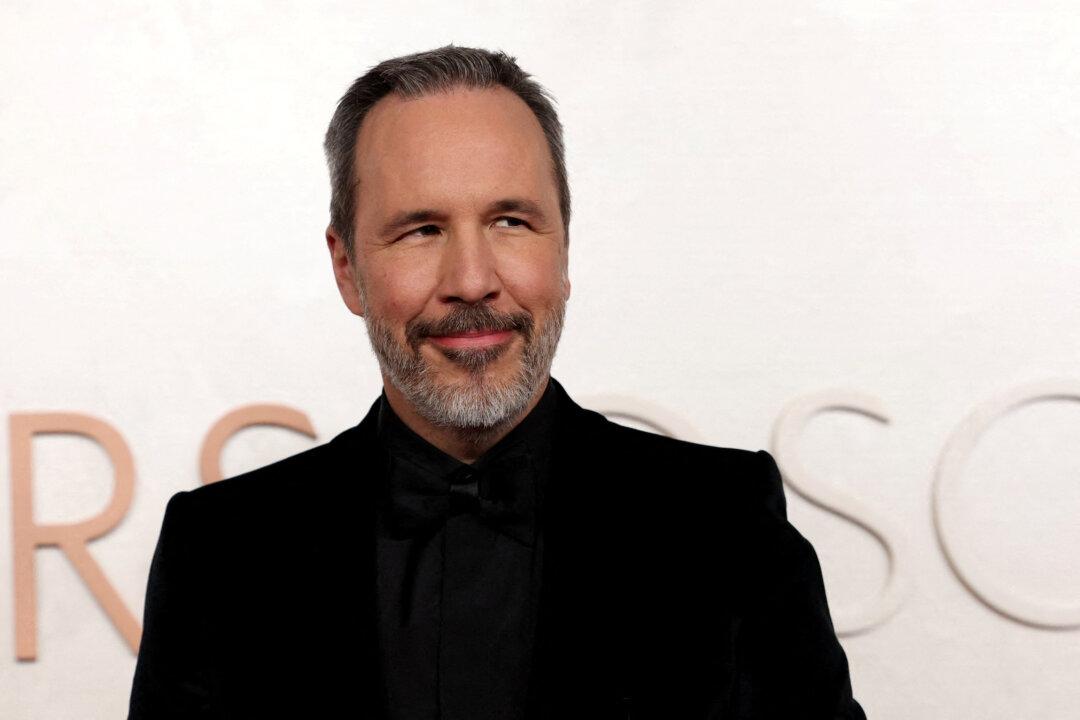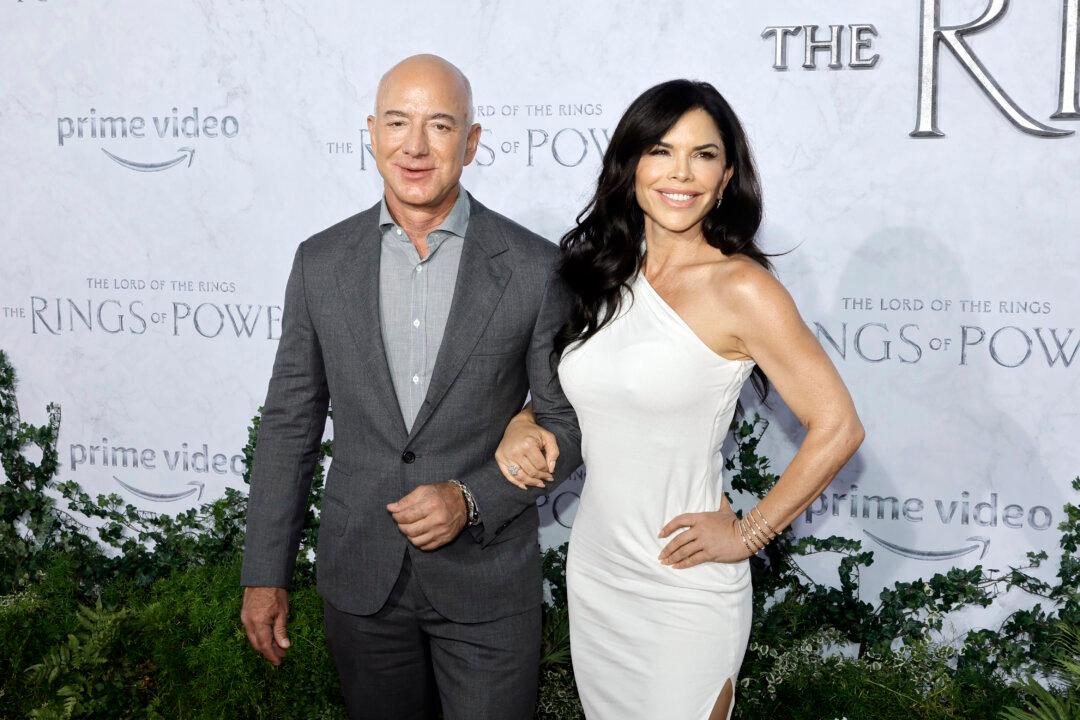LONDON—BP held out the prospect of a first dividend increase since 2014 on Tuesday, May 1, after first-quarter profits beat forecasts thanks to rising oil and gas prices and production.
Chief Financial Officer Brian Gilvary said the London-listed company might consider raising the dividend later this year if oil prices remain near current levels and debt declines.





